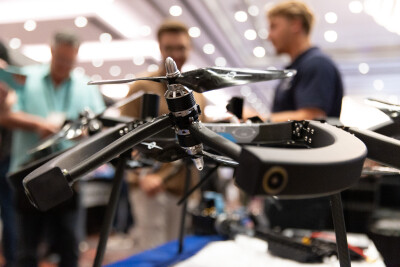HENRIETTA, N.Y. — John Kerekes, a scientist at Rochester Institute of Technology, has won a three-year, $561,130 grant from NASA to help the space agency’s scientists better interpret lidar data, according to the school. Specifically, Kerekes will help NASA scientists use lidar to monitor changes in glacial and sea ice.
Future NASA missions, like the upcoming Ice, Cloud and land Elevation Satellite-2, or ICESat-2, will use these lidar measurements. Slated for launch in 2016, ICESat-2 will measure ice-surface topography and assess changes to Greenland and Antarctic ice sheets and sea ice.
“The ICESat-2 science team wants to be able to measure annual changes in ice-sheet thickness to within a few millimeters, averaged over the entire ice sheet,” said Kerekes, an associate professor in the Chester F. Carlson Center for Imaging Science at RIT, in a statement.
“Take a flat mirror — a pulse of light comes down, bounces off the mirror and you know exactly how long it took,” he said. “But real ice sheets and glaciers have narrow crevasses that may be only a few meters wide and tens of meters deep. And the laser pulse is going to interact with that complex surface in a way that will be very different than if it were just a flat surface.”





